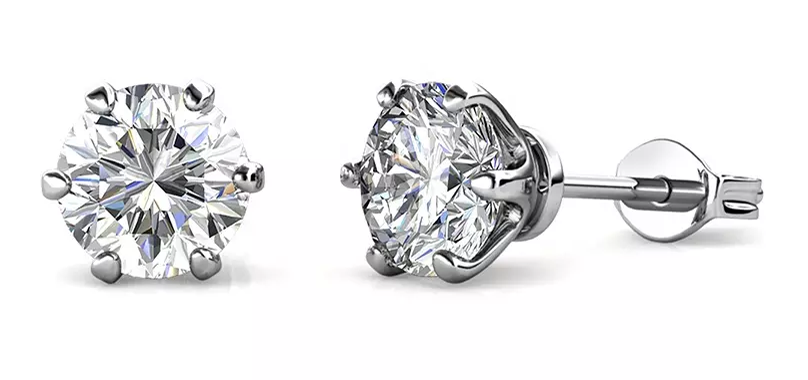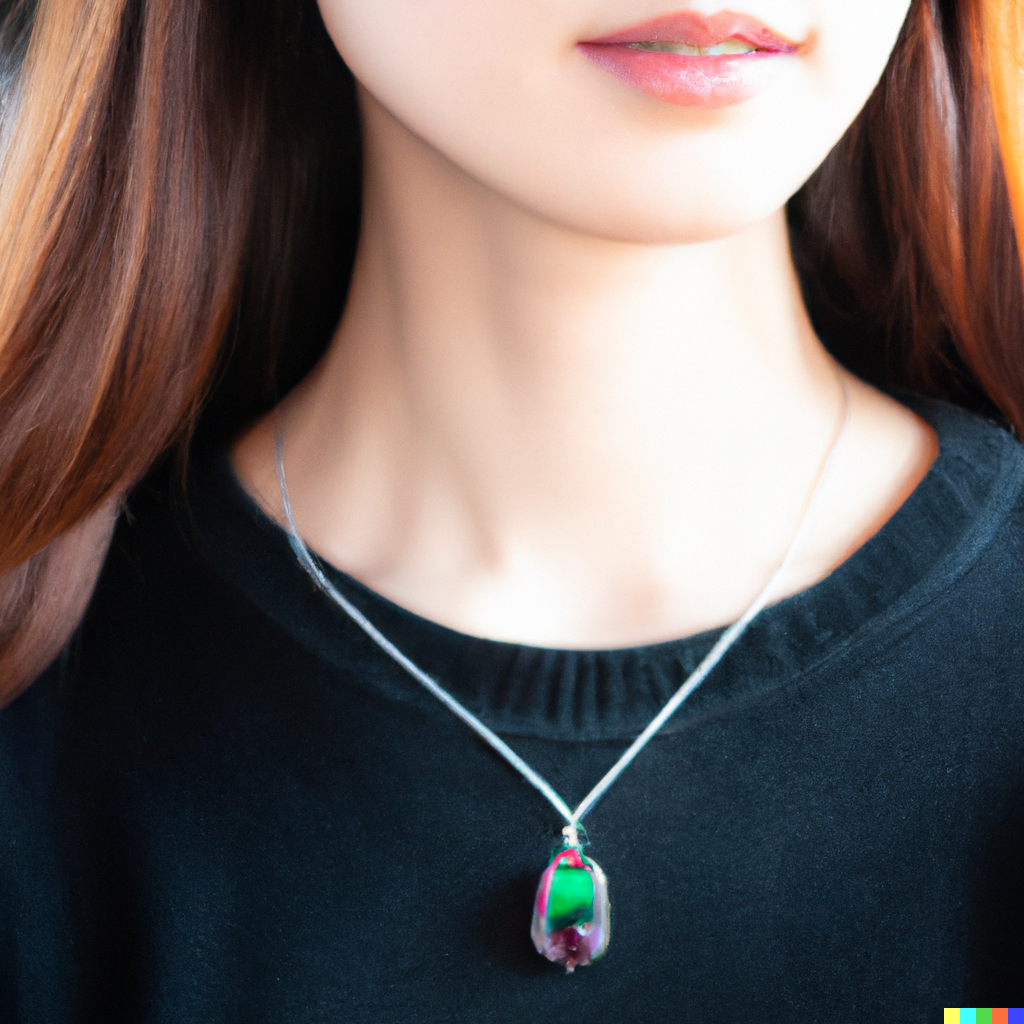Watermelon Tourmaline: Gemstone and Jewelry
Tourmaline is one of the most versatile and interesting stones in the world of precious gems. With its wide range of colors and properties, it is no wonder that tourmaline has captured the hearts and imaginations of gemstone collectors and jewelry enthusiasts all over the world. Among these, Watermelon Tourmaline is one of the most unique and fascinating stones to have ever been discovered. This gemstone is known for its green outer layer, pink or reddish middle layer, and white inner core, giving it the appearance of the delicious fruit that it is named after. In this article, we will explore the history, properties, significance, and uses of Watermelon Tourmaline as well as its popularity among collectors, designers, and wearers of jewelry.

History:
Watermelon Tourmaline is a type of Elbaite, a complex mineral that belongs to the Tourmaline group. Elbaite was first discovered in Elba Island, Italy in 1913, and named after the place of its discovery. Since then, Elbaite has been found in many parts of the world, including Brazil, Afghanistan, Madagascar, Russia, and the United States. The discovery of Watermelon Tourmaline, however, is credited to miners in Brazil, who found the first specimens of this gemstone in the 1990s.

Properties:
Watermelon Tourmaline, like other Elbaites, has a complex chemical composition that contains aluminum, boron, silicon, and other elements. Its color is due to the presence of manganese or iron in certain layers of the crystal structure. The green outer layer of Watermelon Tourmaline is caused by iron or chromium, while the pink or reddish middle layer is due to manganese. The white inner core is often the most transparent and translucent part of the stone, and is considered as the most valuable. Watermelon Tourmaline is usually cut into cabochons, beads, or facets, depending on its clarity and transparency.
The most common colors of Watermelon Tourmaline are green and pink, but other variations include red, yellow, orange, brown, black, and multi-colored. The clarity of Watermelon Tourmaline ranges from opaque to transparent, with some specimens exhibiting a chatoyancy or cat's eye effect. The hardness of this gemstone is 7-7.5 on the Mohs scale, making it a durable and suitable material for jewelry-making.

Significance:
Watermelon Tourmaline is believed to have several metaphysical properties that can benefit the wearer. It is said to promote love, joy, and harmony in relationships, as well as emotional healing and balance. It is also said to help improve one's creativity, self-esteem, and intuition, and to protect against negative energies and stress. Some people use Watermelon Tourmaline for meditation, chakra balancing, or Feng Shui purposes.

Uses:
Watermelon Tourmaline is often used in jewelry-making, particularly for rings, earrings, pendants, and bracelets. The unique color and pattern of this gemstone make it a desirable and eye-catching choice for both casual and formal wear. Watermelon Tourmaline can be combined with other gems such as diamonds, pearls, sapphires, or rubies, to create stunning and sophisticated designs.
Watermelon Tourmaline is also popular among mineral and crystal collectors, who appreciate its natural beauty and rarity. Some collectors display Watermelon Tourmaline specimens in their homes or offices, or use them for healing or meditation purposes.

Watermelon Tourmaline is a gemstone that is both captivating and meaningful. Its beautiful colors, patterns, and properties have made it a popular choice among jewelry designers, collectors, and wearers. Whether you prefer its green and pink hues or its metaphysical benefits, Watermelon Tourmaline is a gemstone that is worth exploring and appreciating. Whether you wear it as a statement piece or admire it as a natural wonder, Watermelon Tourmaline is truly a magnificent gemstone that will continue to inspire and enchant for generations to come.






















Leave a comment